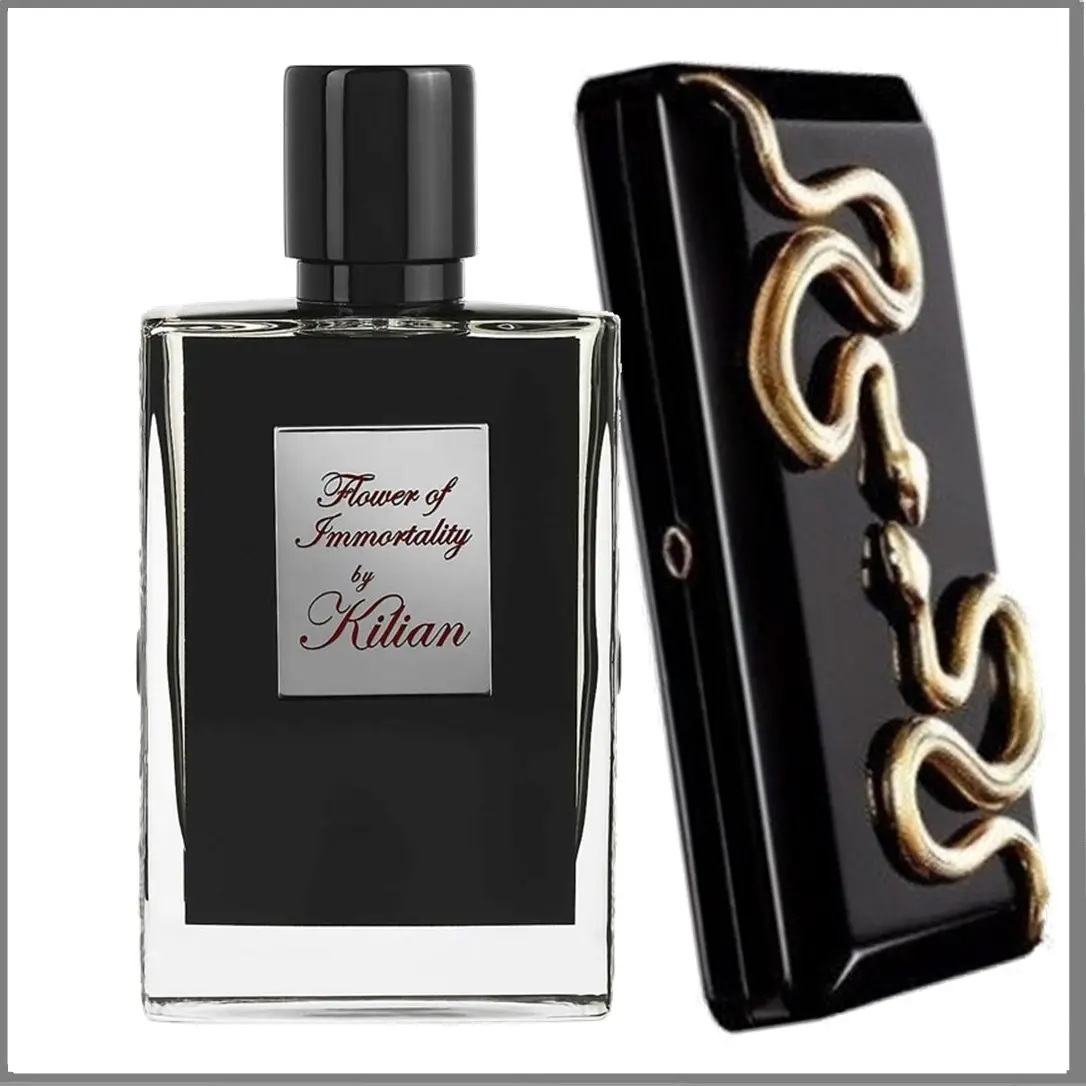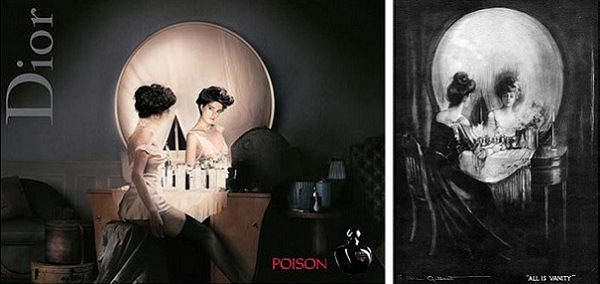Undead Luxury

Images proved by the author
The CASE FILE series — to which SEMIOVOX has invited our semiotician colleagues from around the world to contribute — shares memorable case studies via story telling.
I was commissioned to conduct an anonymous study on the semiotics of luxury, analyzing brand communications across fashion, cars, food, and fragrances. The task seemed straightforward at first: identify typical codes and symbols, and outline opportunity areas. I made a list of brands by category and started to review their print and video advertising. However, as I delved deeper, an unexpected pattern emerged, one that would challenge my understanding of luxury marketing.
Across all categories, I discovered a pervasive use of imagery associated with eternal life, timeless perfection, and supernatural beings. Luxury brands systematically employed symbols of high social class, alchemy, magic, and divine or demonic entities. This was not mere coincidence; it was a deliberate and widespread strategy.
In fashion, models posed as angels or demons, their ethereal beauty suggesting something beyond human. Car advertisements depicted vehicles as magical objects, capable of transcending mortal limitations. Food and fragrance brands frequently used imagery reminiscent of elixirs of life or alchemical potions, promising transformative experiences.
The “Divinity” code was particularly intriguing. Instead of simply elevating products to a godly status, many ads subverted religious iconography, casting luxury goods and their consumers as new deities. This blurring of the sacred and profane resonated strongly with concepts of beings beyond human morality.
The “Magic” code incorporated themes of transformation, transmutation, glamour, and spells. Many brand logos featured Masonic or Illuminati symbols, connecting to ideas of secret societies and hidden knowledge. This tapped into a fascination with the occult and the promise of exclusive, arcane wisdom and secret power.
Perhaps most telling was the “Elixir” code, promising eternal youth and vitality. Cosmetics and fragrances were marketed as magical potions, their packaging often reminiscent of alchemical vessels or blood vials. This vampire-like promise of eternal youth seemed to be a cornerstone of luxury marketing.
The “Immortality” code took this concept further, often employing explicit vampire imagery. From blood-red perfumes in coffin-like packages to fashion shoots featuring pale, ageless models, the undead aesthetic permeated luxury branding. Allusions to esoteric figures like Thoth, Hermes Trismegistus, and Comte de St. Germain were not uncommon, adding layers of mystical significance.
“Timelessness” and “Royalty” codes reinforced the notion of an immortal ruling class. Luxury brands positioned themselves as eternal entities, above the ebb and flow of mortal trends. They used imagery of royalty and aristocracy, implying that their consumers belonged to an elite, possibly immortal, echelon of society.
The “Perfect Form” code connected natural perfection — like circles on water or the curves of the female body and universally recognized works of art by masters such as Leonardo da Vinci and Van Gogh — with luxury products. This association further elevated luxury products to the realm of timeless, perfect creations.

As I compiled my findings, I began to feel a sense of unease. The systematic use of immortal and superhuman imagery in luxury branding created an intriguing ambiguity. On the surface, these images could be read as metaphors. However, there was a possibility for another interpretation: that the very rich and powerful operate by different rules, more akin to vampires or demigods than to ordinary humans.
I found myself wondering if luxury marketing was tapping into deep-seated myths and fears about power, mortality, and the nature of the ruling class. Were these brands simply selling products, or were they selling a darker fantasy of membership in an immortal, superhuman elite? There was even a disturbing inversion at play: consumers consume luxury products but the producers of the luxury products symbolically (if not literally) consume consumers.
The experience left me with a new perspective on luxury marketing and a heightened awareness of the power of symbols in our consumer culture. It was a reminder that sometimes, the most revealing insights come from unexpected places, hidden in plain sight amidst the glossy pages of luxury advertisements.
CASE FILE: Sónia Marques (Portugal) on BIRTHDAY CAKE | Malcolm Evans (Wales) on PET FOOD | Charles Leech (Canada) on HAGIOGRAPHY | Becks Collins (England) on LUXURY WATER | Alfredo Troncoso (Mexico) on LESS IS MORE | Stefania Gogna (Italy) on POST-ANGEL | Mariane Cara (Brazil) on MOTHER-PACKS | Whitney Dunlap-Fowler (USA) on WHERE THE BOYS ARE | Antje Weißenborn (Germany) on KITSCH | Chirag Mediratta (India) on “I WATCH, THEREFORE I AM” | Eugene Gorny (Thailand) on UNDEAD LUXURY | Adelina Vaca (Mexico) on CUBAN WAYS OF SEEING | Lucia Laurent-Neva (England) on DOLPHIN SQUARE | William Liu (China) on SCENT FANTASY | Clio Meurer (Brazil) on CHOCOLATE IDEOLOGY | Samuel Grange (France) on SWAZILAND CONDOMS | Serdar Paktin (Turkey/England) on KÜTUR KÜTUR | Ximena Tobi (Argentina) on SLUM PANDEMIC | Maciej Biedziński (Poland) on YOUTH LEISURE | Josh Glenn (USA) on THE AMERICAN SPIRIT | Martha Arango (Sweden) on M | Chris Arning (England) on X | Peter Glassen (Sweden) on WHEN SHABBY ISN’T CHIC | Joël Lim Du Bois (Malaysia) on RECONSTRUCTION SET | Ramona Lyons (USA) on THE FALL.
Also see these international semio series: COVID CODES | SEMIO OBJECTS | MAKING SENSE | COLOR CODEX | DECODER | CASE FILE

